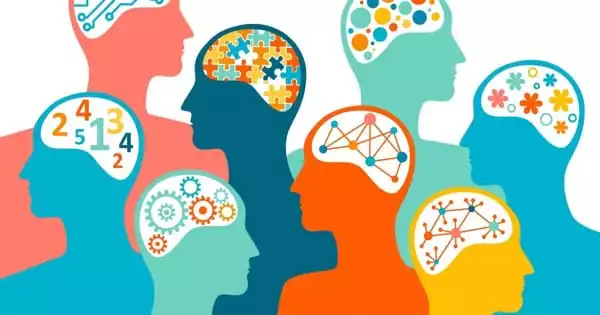Biological computing, often known as biocomputing, has the potential to change both computers and medicine, from the early identification and internal treatment of diseases to futuristic uses like enhancing human memory.
The capacity of conventional computer hardware to communicate with living organisms is limiting, which has limited the advancement of medical equipment. Computerized implants cannot self-heal like organisms can, they need a constant source of power, they can leave scarring in soft tissue that renders them useless. Biocomputing has the ability to get around these restrictions by utilizing biological molecules like DNA or proteins.
Biocomputing is typically done either with live cells or with non-living, enzyme-free molecules. Live cells can feed themselves and can heal, but it can be difficult to redirect cells from their ordinary functions toward computation. Non-living molecules solve some of the problems of live cells, but have weak output signals and are difficult to fine-tune and regulate.
In new research published in Nature Communications, a team of researchers at the University of Minnesota has developed a platform for a third method of biocomputing: Trumpet, or Transcriptional RNA Universal Multi-Purpose GatE PlaTform.
Biological enzymes are used by Trumpet as molecular computing’s catalysts. In test tubes, researchers used DNA molecules to carry out logic gate operations, which are comparable to those carried out by all computers.
It could make a lot of long-term neural implants possible. The applications could range from strictly medical, like healing damaged nerve connections or controlling prosthetics, to more sci-fi applications like entertainment or learning and augmented memory.
Professor Kate Adamala
A positive gate connection resulted in a phosphorescent glow. Like a lightbulb when a circuit board is inspected, the fluorescent RNA compound illuminates when the DNA constructs a circuit and the circuit is complete.
The research team demonstrated that:
- The Trumpet platform has the simplicity of molecular biocomputing with added signal amplification and programmability.
- The platform is reliable for encoding all universal Boolean logic gates (NAND, NOT, NOR, AND, and OR), which are fundamental to programming languages.
- The logic gates can be stacked to build more complex circuits.
The group also created a web-based program that makes it easier to create sequences for the Trumpet platform.
“Trumpet is a non-living molecular platform, so we don’t have most of the problems of live cell engineering,” said co-author Kate Adamala, assistant professor in the College of Biological Sciences. “We don’t have to overcome evolutionary limitations against forcing cells to do things they don’t want to do. This also gives Trumpet more stability and reliability, with our logic gates avoiding the leakage problems of live cell operations.”
While Trumpet is still in early experimental stages, it has tremendous potential in the future. “It could make a lot of long-term neural implants possible. The applications could range from strictly medical, like healing damaged nerve connections or controlling prosthetics, to more sci-fi applications like entertainment or learning and augmented memory,” said Adamala.
Lead author and Ph.D. candidate Judee Sharon is using Trumpet to develop biomedical applications for early diagnosis of cancer. Another potential use is “theranostics,” which combines internal medical diagnostics and therapies.
As an illustration, a biological circuit may recognize low insulin levels in a diabetic patient and trigger the activation of proteins to produce the required amount of insulin. Such a device might be compact enough to move through a patient’s bloodstream.
















